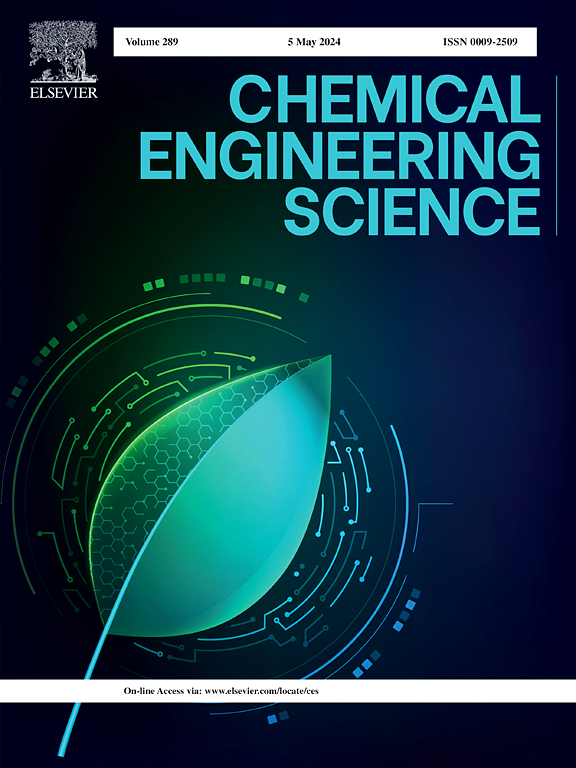Effect of film characteristics on bursting behavior of a bubble in gas space
IF 4.1
2区 工程技术
Q2 ENGINEERING, CHEMICAL
引用次数: 0
Abstract
As marine pollution intensifies, pollutants concentrate on the surface of marine bubbles and are usually ’regurgitated’ into the atmosphere in the form of aerosols, leading to ecological contamination and disease propagation. The bubble rupture in gas space above the air–sea interface is one of the primary sources of aerosols, but the interplay between bubbles and aerosols remains unclear. This study demonstrates that the instability of the bubble film plays a critical role in governing the formation and characteristics of aerosols. Once a bubble bursts in gas space, a hole rim recedes and soon destabilizes into capillary waves. A centrifugal force, caused by a curvilinear motion of the receding rim, leads to the radial spreading and destabilization of the hole rim in a Rayleigh–Taylor type. Meanwhile, a Kelvin–Helmholtz instability is strengthened due to the shear between the spreading rim and the surrounding atmosphere. Both instabilities contribute to the rim instability of the broken curved film. Specifically, this study quantitatively examines how surface tension, viscosity, bubble radius, and film thickness affect the instability dynamics and bursting intensity through comprehensive experiments. The results have significant scientific implications and practical application value for clarifying the transmission of pollutants at the air–sea interface and the physicochemical properties of composite aerosols.
Synopsis: This study investigates the behaviors of aerosol formation from bubble bursting in gas space above the air–sea interface, offering new insights into marine pollution transmission.
求助全文
约1分钟内获得全文
求助全文
来源期刊

Chemical Engineering Science
工程技术-工程:化工
CiteScore
7.50
自引率
8.50%
发文量
1025
审稿时长
50 days
期刊介绍:
Chemical engineering enables the transformation of natural resources and energy into useful products for society. It draws on and applies natural sciences, mathematics and economics, and has developed fundamental engineering science that underpins the discipline.
Chemical Engineering Science (CES) has been publishing papers on the fundamentals of chemical engineering since 1951. CES is the platform where the most significant advances in the discipline have ever since been published. Chemical Engineering Science has accompanied and sustained chemical engineering through its development into the vibrant and broad scientific discipline it is today.
 求助内容:
求助内容: 应助结果提醒方式:
应助结果提醒方式:


